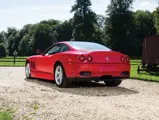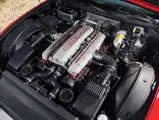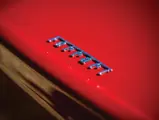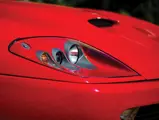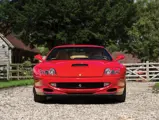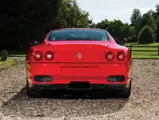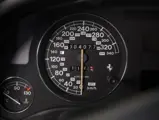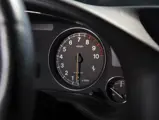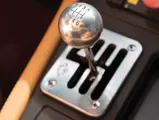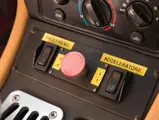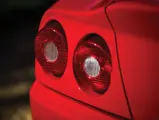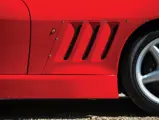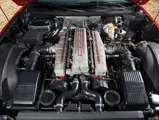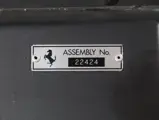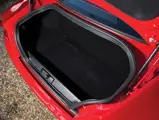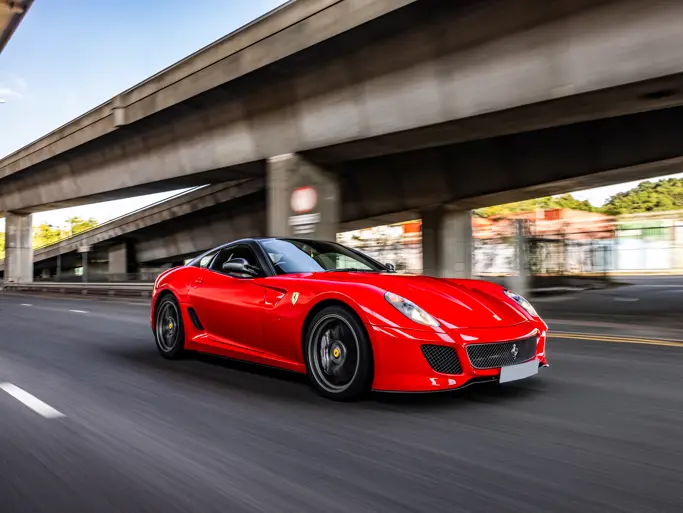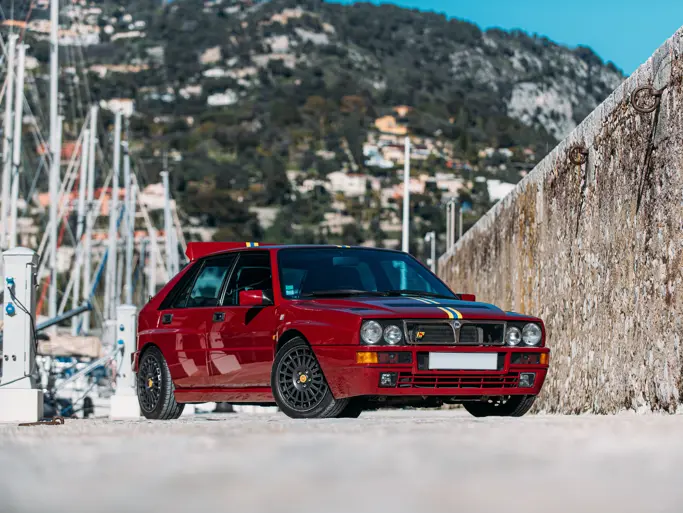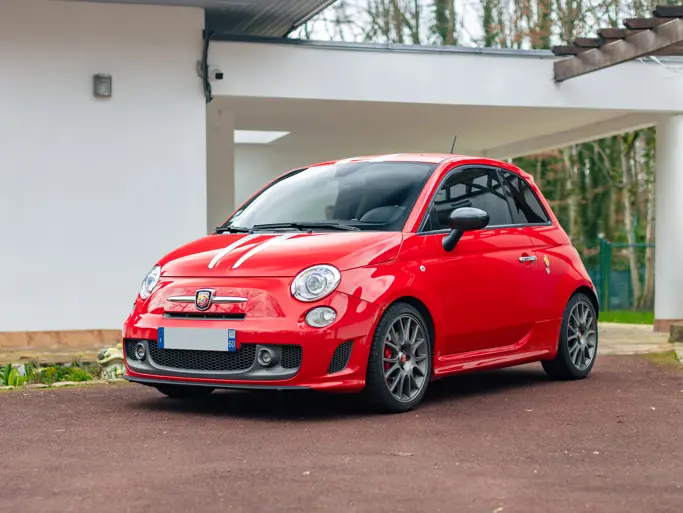Ferrari – Leggenda e Passione 2017
2001 Ferrari 550 Sperimentale
{{lr.item.text}}
€287,500 EUR | Sold
 | Maranello, Italy
| Maranello, Italy
{{internetCurrentBid}}
{{internetTimeLeft}}

- Used by Ferrari as a development car for the 550 and 575 Maranello
- Single private ownership from new; purchased by the consignor from Ferrari
- Ferrari Classiche certified
- Utilizzata dalla Ferrari come banco prova per i modelli 550 e 575 Maranello
- Unico proprietario; acquistata direttamente dalla Ferrari
- Certificata Ferrari Classiche
Internally designated the F133, this 550 Maranello was built in 1996 and used as a development car for the production model. Over the course of its life, it was modified by Ferrari on several occasions, to test a number of different ideas and concepts for forthcoming front-engine, twelve-cylinder Ferraris.
Looking to harken back to the Ferrari racing cars of the ’50s and ’60s, this example was fitted with a side exhaust which would have offered an increase in performance through the use of larger diameter, free-flowing components. To do so, Ferrari stretched the car’s wheelbase by 200 mm over the standard 550 Maranello wheelbase (2,500 mm). Furthermore, the absence of a normal exhaust within the chassis allowed room to stiffen the chassis with the installation of up to two additional cross members. This made the chassis 10% stiffer than those in regular-production 550 Maranellos, despite its longer wheelbase. In an effort to keep the same visual proportions, the added length was addressed by moving the cowl back and lengthening the hood and front fenders.
Other special features on this car include a system of air ducting on the right rear down past the fuel tank in an effort to provide fuel cooling. The car also boasts a unique system of moving pedals and steering column, allowing for the driver seat to remain fixed in an effort to accommodate taller drivers.
It was acquired from Ferrari at RM Auctions’ Maranello sale by the consignor 10 years ago and has remained with him ever since. Recently, the car was shipped to Joe Macari Performance Cars in London, an official Ferrari service centre, where it received a full service, including cam belt replacement. Prototypes rarely leave factory ownership, and the current opportunity to purchase such a unique and compelling car should not be overlooked.
Nome in codice F133, questa 550 Maranello, costruita nel '96, è stata impiegata come base per sviluppare il modello di serie. In diverse occasioni, nel corso della sua vita, è stata modificata per testare idee e soluzioni sperimentali da adottare sulle successive “rosse” dodici cilindri a motore anteriore.
Ispirata alle auto da corsa degli anni '50 e '60, ha l'impianto di scarico montato lateralmente. Questa soluzione permette l'utilizzo di scarichi liberi, con diametro maggiorato, che ne aumentano così le prestazioni. Per questa trasformazione è stato necessario allungarne il passo di 200 mm (quello della 550 Maranello è originariamente di 2.500 mm). L'assenza dello scarico nell'alloggiamento tradizionale, cioè all'interno del telaio, ha permesso di irrigidire la scocca con l'aggiunta di due strutture a croce supplementari. Così facendo, nonostante il passo allungato, il telaio è più rigido del 10% rispetto a quello di serie. Nel tentativo di mantenere le stesse proporzioni estetiche della carrozzeria, la maggior lunghezza è stata camuffata arretrando le prese d'aria sotto il parabrezza, ma anche allungando cofano e parafanghi anteriori.
Un'altra caratteristica speciale della vettura è la presa d'aria sul lato posteriore destro, oltre il serbatoio della benzina, soluzione impiegata per il raffreddamento del carburante.
Recentemente l'auto è stata inviata al centro assistenza ufficiale Ferrari Joe Macari Performance Cars di Londra. Qui è stata sottoposta a un tagliando completo durante il quale hanno sostituito la cinghia di distribuzione. L'auto inoltre vanta un sistema unico di regolazione della pedaliera e del volante, necessario per permettere una posizione di guida perfetta anche ai collaudatori più alti.


